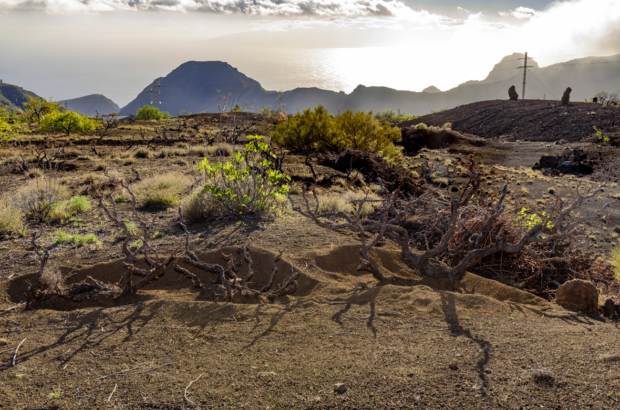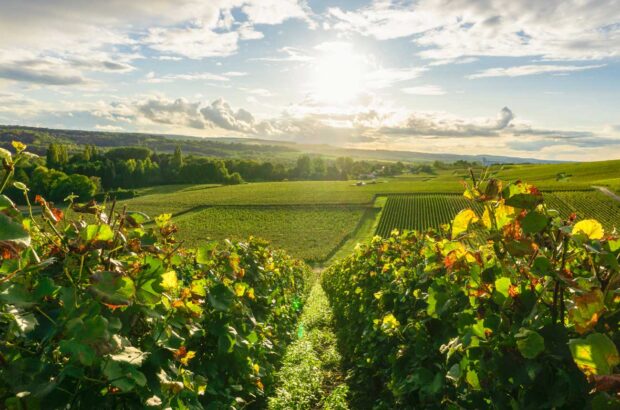South America 1994: Drink now
Weather Conditions
Once again it is technology instead of weather that leads the way here. The rapid change that is overrunning just about every aspect of the business is seen everywhere in Chile. It is clear that Chile will be the regional leader for a long time to come. Not only is it protected from phylloxera, but also almost ideally situated for growing Vitis vinifera. The Andes Mountains act as a weather break, stopping the scorching continental climates that might dominate otherwise, and the coastal hill range, perforated as it is by many river valleys disgorging from the Andes, provides refreshingly cool temperatures from the Pacific Ocean (in turn cooled down by the freezing Humboldt current from Antarctica).
Best Appellations
As before, good fruit is arriving at wineries from just about every region. It is down to individual wineries to make the best of it all. Also, most wineries take in fruit from all Chilean regions, making it pretty well impossible to claim any regional preferences, as there is no distinction made at the winery door as to where the fruit comes from at harvest time. Chile leads the way, all the way, but Argentina and Uruguay are beginning to pick up a head of steam. Tannat in Uruguay and Malbec in Argentina show promise for the future.
Best Producers
There is no real change in status in Chile, and Argentina is witnessing the emergence of Norton as a good-value hitter with its red wines, especially the Norton Privada. Interestingly, Chardonnay is seen to be doing remarkably well in Mendoza, Argentina. The citrus depth and the great balance it achieves attracts the attention of Nicolas Catena who hires Paul Hobbs to help make a top-class Chardonnay, and the Catena Alta range begins its life with work at the Agrelo vineyard.







